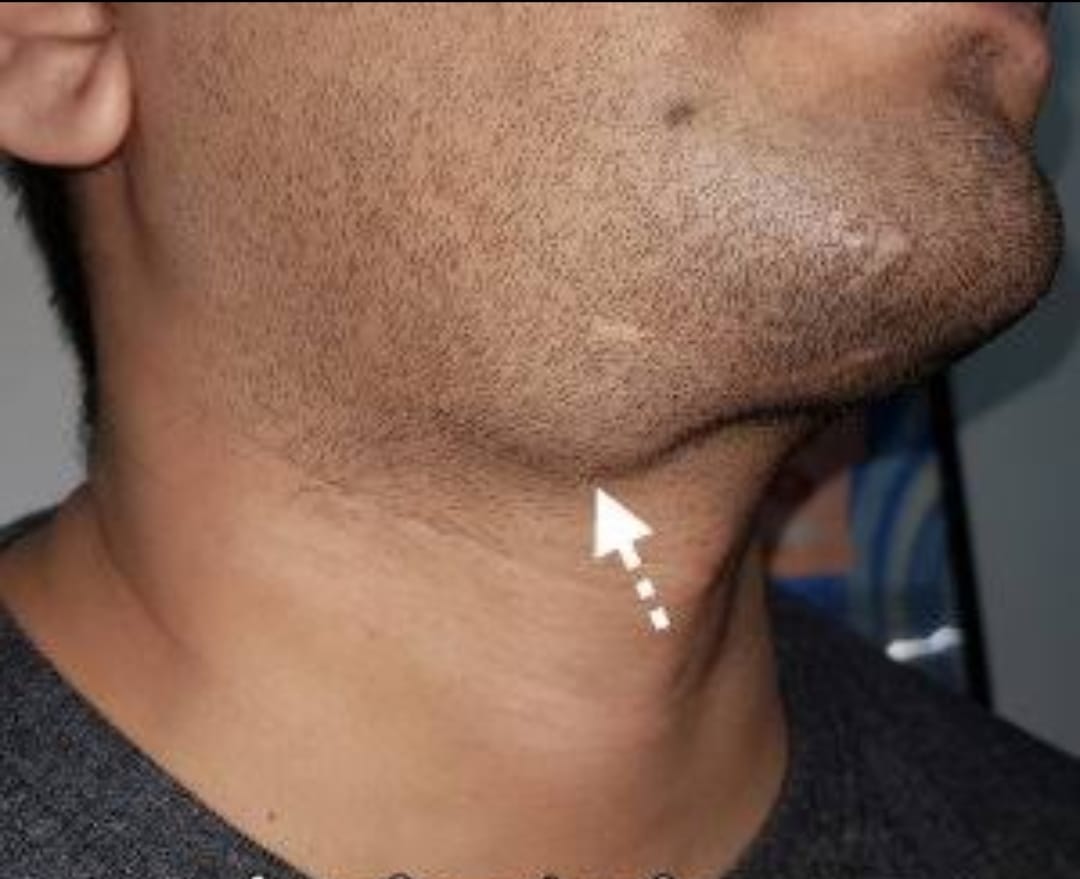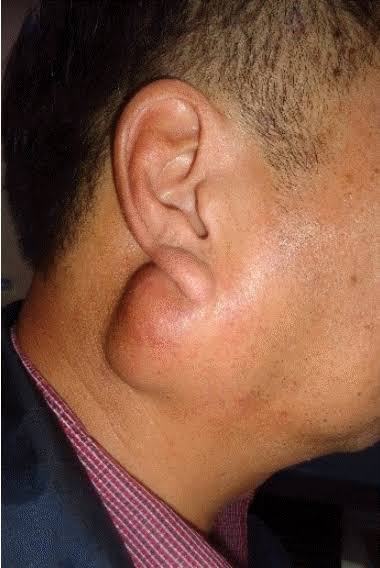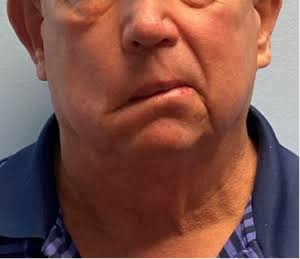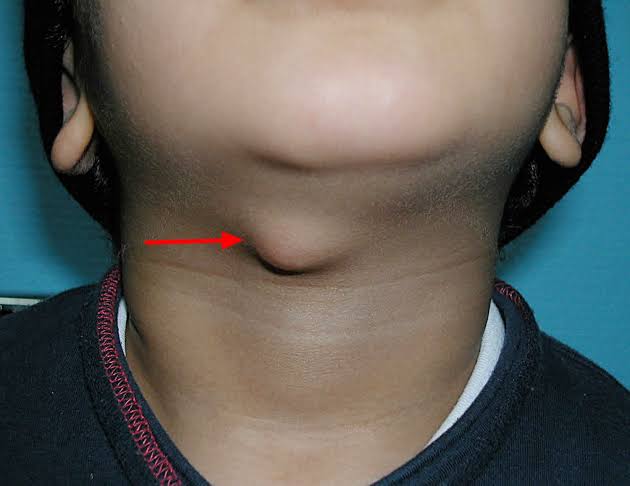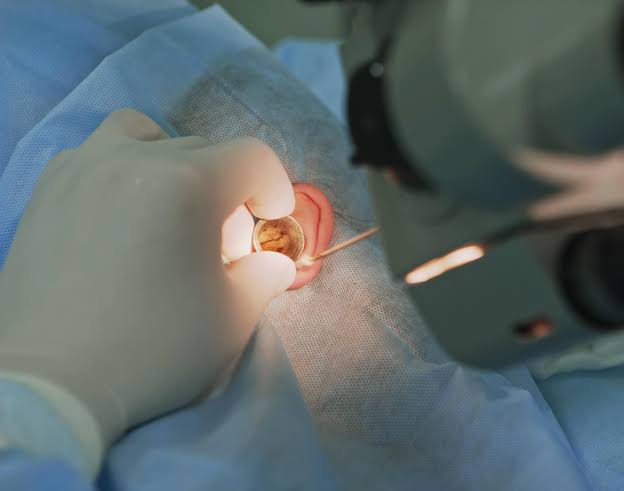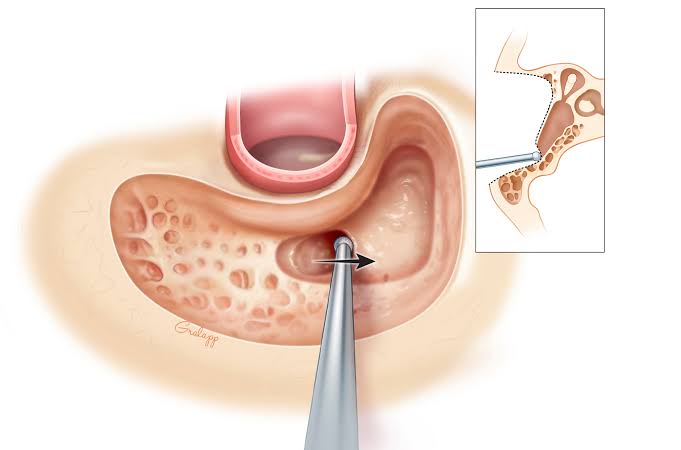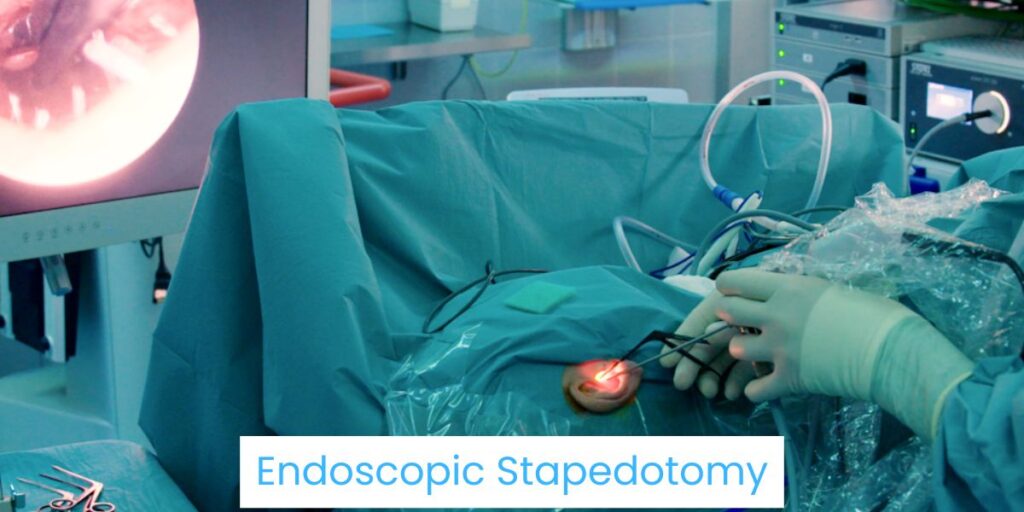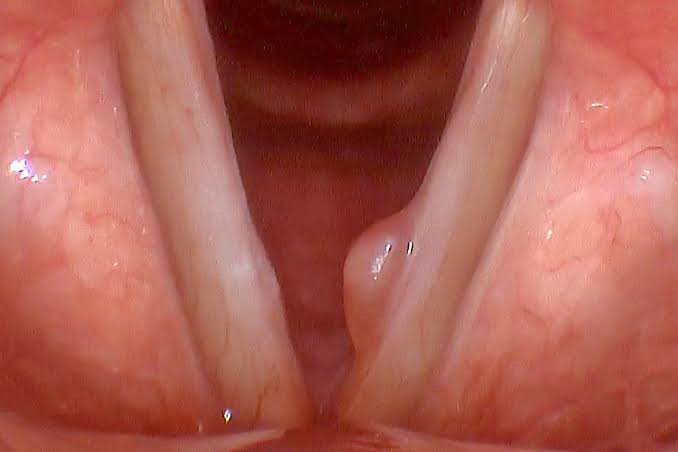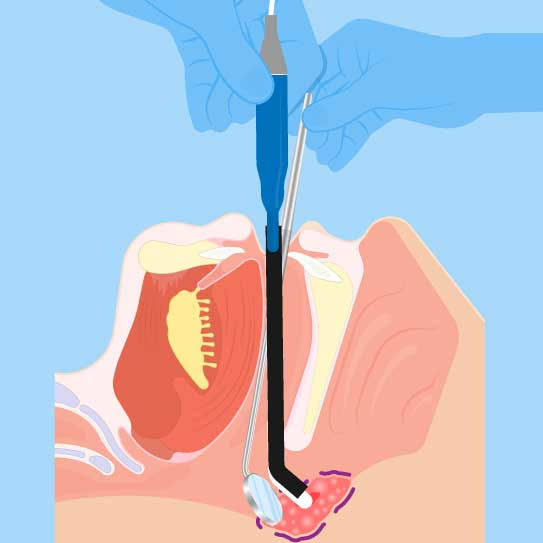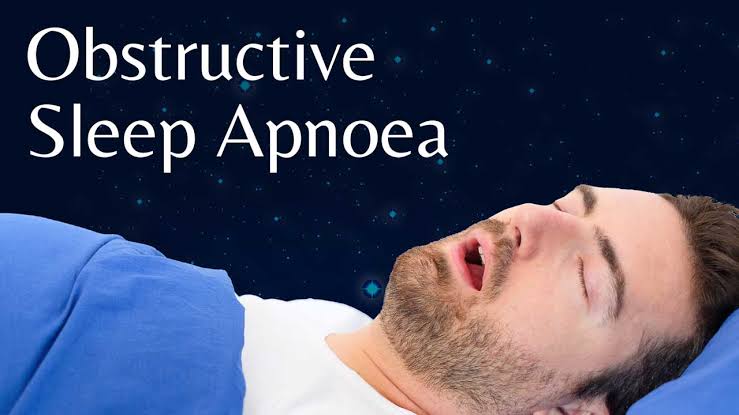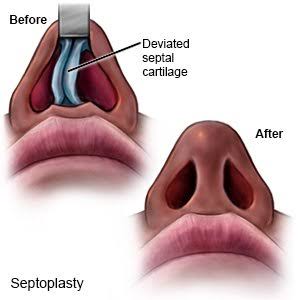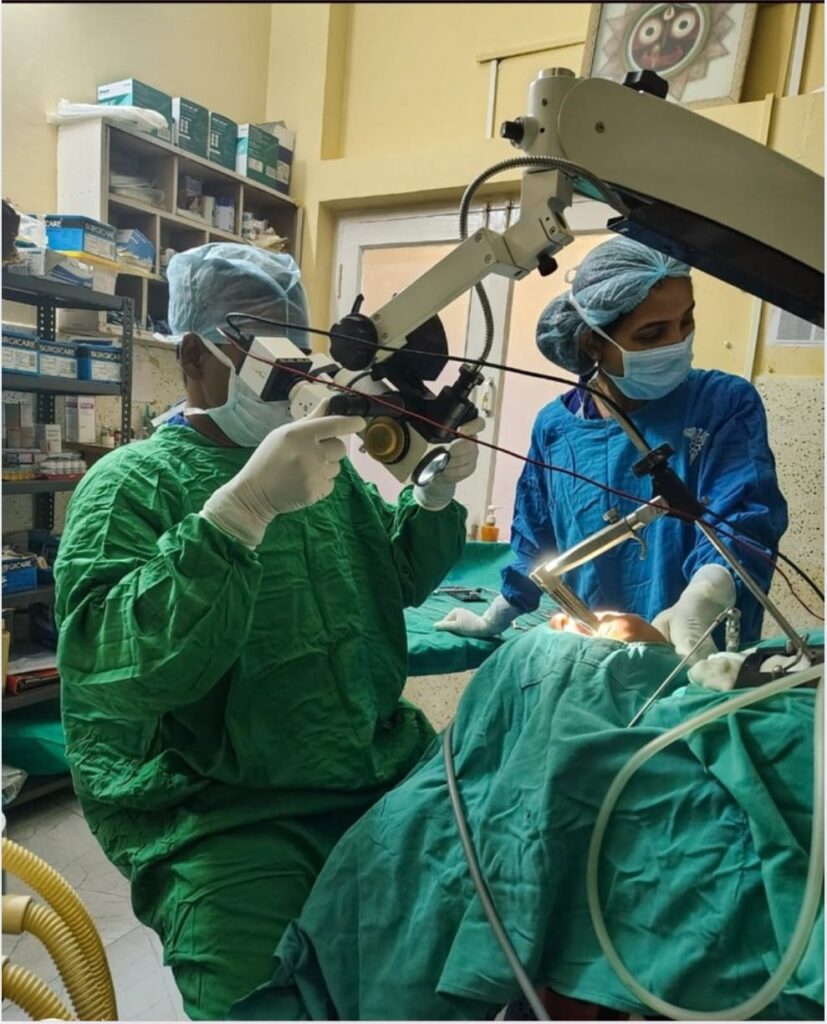Services
All Your ENT Needs at One Place
Best ent treatment services in Bhubaneswar
Submandibular Gland surgery
The most common indication is salivary calculus with secondary ductal obstruction with sialdenitis…
Parotid surgery
The Most common indication of parotid surgery is tumors pleomorphic adenoma or warthins tumor. Parotidectomy is a intricate procedure with functional…
Myringotomy and Grommet
Myringotomy is a surgical procedure that can be used to relieve pressure or drain fluid from the middle ear…

Pre auricular sinus
Morbidity associated with preauricular sinuses includes recurrent infections at the site, ulceration, scarring, pyoderma, and facial cellulitis…
Endoscopic Ear surgery
Transcanal endoscopic techniques have transformed the external ear canal (EAC) into an operative gateway…
Allergic Rhinits
Allergic rhinitis, which is also known as hay fever, is an allergic reaction that leads to sneezing, congestion, itchy, and teary eyes…
Juvenile nasopharyngeal Angiofibroma
Juvenile nasopharyngeal angiofibroma (JNA) is a rare benign tumor arising predominantly in the nasopharynx of adolescent males…

Epistaxis
The most common cause of nosebleeds is dry air. Hot, low-humidity climates or heated indoor air cause dry air…
Functional Endoscopic sinus surgery
Endoscopic sinus surgery, sometimes called functional endoscopic sinus surgery (FESS) is a minimally invasive procedure…
Tracheostomy
Tracheotomy is a type of surgery which is being done by the doctor to drop an incision in the front part…
Nasal obstruction in children
Allergy, deviated nasal septum, foreign bodies nose, nasal polyp, adenoid enlargment…
Bell's Palsy
Bell’s palsy is when there is an abrupt onset of muscle failure in the muscles on the face’s one side. Usually, the weakness is not…
Otitis media with effusion (Glue Ear)
Otitis media with effusion (OME) is the name given to a situation in which fluid that is not infected is the main component of the otorrhea…
Oral ulceration
mouth ulcer is a sore that appears anywhere inside your mouth. These sores are usually red, yellow or white, and you might have one or several…
Laryngitis voice disorder
‘Laryngitis is a condition of your voice box, during which it contracts (larynx) from over-usage, irritation, or infection…
Thyroglosaal duct cyst
If you or your child has a thyroglossal duct cyst, you might first notice the cyst because there’s a lump on your or your child’s throat…
Intratympanic steroid injection
Intratympanic steroid injection is used to treat cochleovestibular symptoms of inner ear disease, such as Meniere’s disease or…
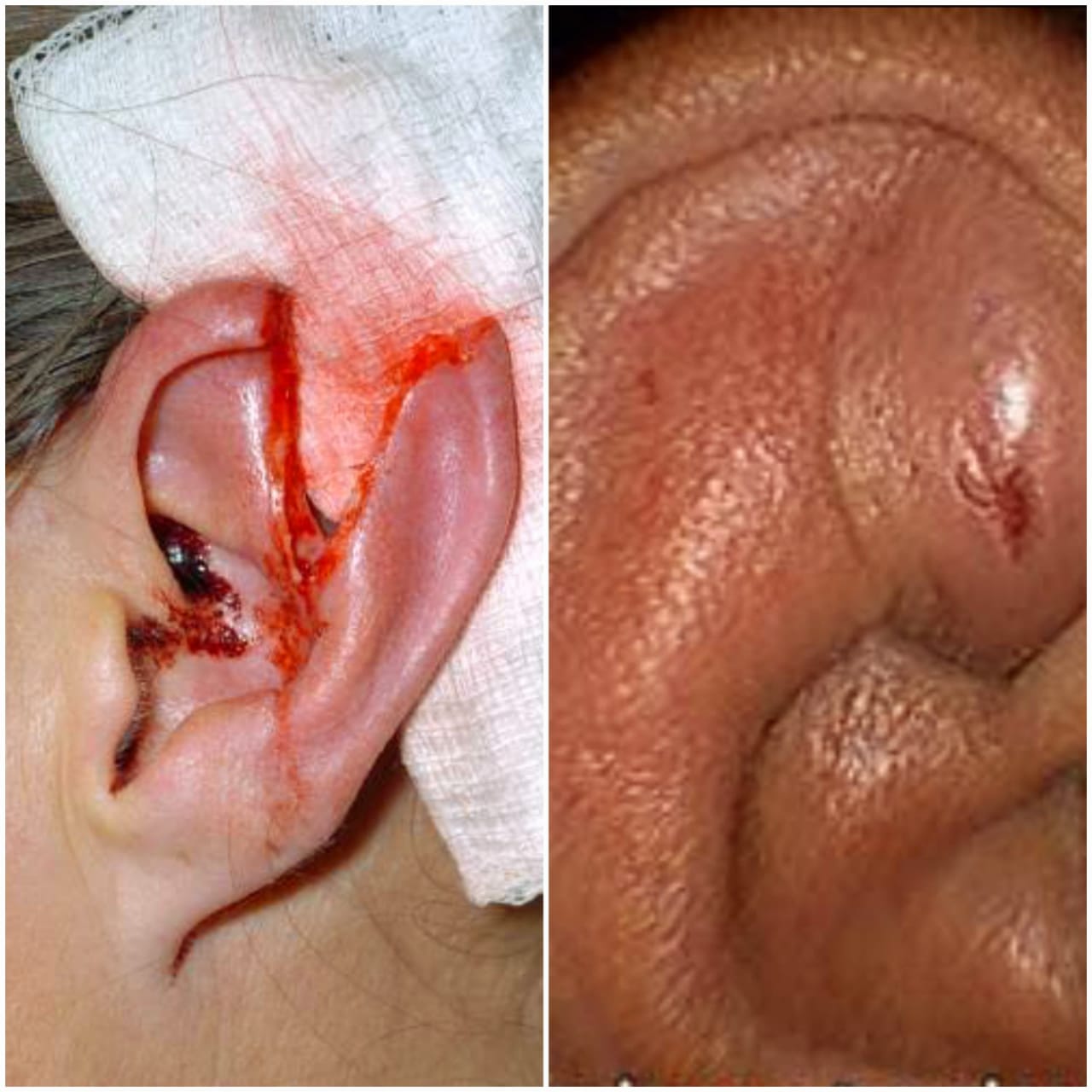
Ear Trauma lobuloplasty
Repair of an ear lobe is a minor procedure that is done under local anesthesia. It involves trimming away the skin that has healed…
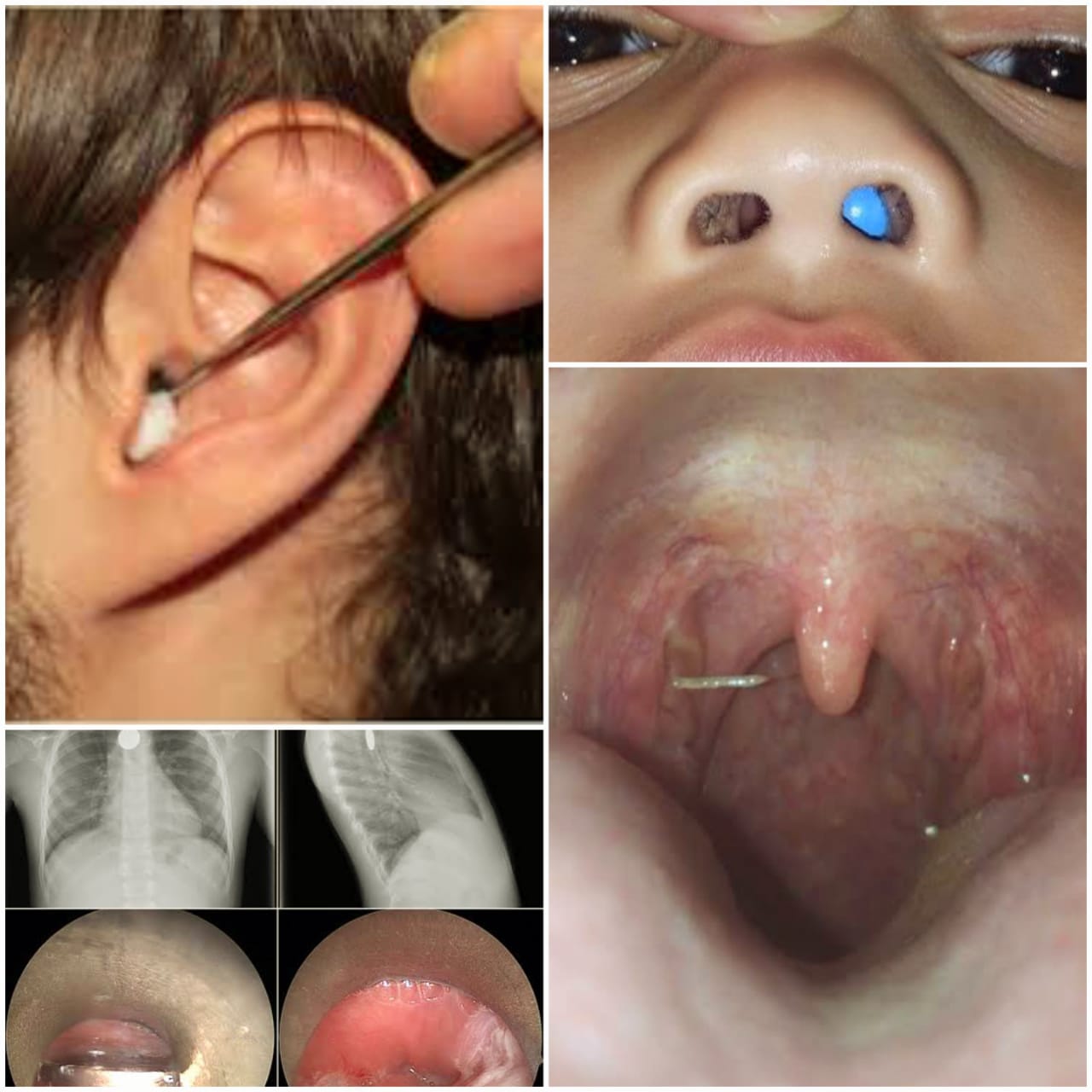
Foreign bodies in ENT
FBs in the ear and nose were found more frequently in children, and the throat was the most common site of FB in adults and elderly people…
Sterile Ear piercing
Ear-piercing, you may be surprised to know, is one of the most popular procedures that are carried out by both medical and non-medical professionals. Although,..

Functional Endoscopic sinus surgery
Functional endoscopic sinus surgery (FESS) is minimally invasive surgery for serious sinus conditions…
Mastoidectomy
mastoidectomy is a surgery that removes diseased cells from the air-filled spaces in your mastoid bone. Your mastoid is the part of…
Migrinous Headache
Migraine is a very bad pain in one side of the head that comes in a wave with a strong throbbing or a pulsing sensation. As a rule,..
Video Endoscopy in ENT
Endoscopy is a test that an ear, nose and throat (ENT) specialist uses to look at the: back of your throat (pharynx) voice box (larynx)
Endoscopic Stapedotomy
The main merits are good quality panoramic viewing, adequate identification and visualization of vital structures of the middle ear,..

Oral submucous fibrosis (OSMF)
Oral submucous fibrosis (OSMF) is an oral precancerous condition characterized by inflammation and progressive fibrosis…
Nasal bone fracture
Nasal bone fractures, when isolated, are most commonly displaced fractures of one of the paired nasal bones. There is often associated with other facial…
Vertigo
Vertigo is a sensation of feeling off balance. If you have these dizzy spells, you might feel like you are spinning or that the world around you is spinning.
Thyroid surgery
Thyroidectomy, also known as the complete or partial surgical cutting off of your thyroid gland, makes sure to get rid of it. They could…
Vocal cord polyp
Introduction Vocal fold polyps are one of the most frequent benign laryngeal lesions, impacting the quality of life of those affected…

Paediatric ENT Diseases
Common conditions associated with ear, nose, and throat disorders include the following. Your pediatrician will help you initially…
Adenoid
Adenoid Hypertrophy is More common condition in the paediatric population. Failure in responding to medical therapy…
Tonsillectomy
The tonsils are two pieces of tissue shaped like an egg that are found under the arch of the throat and which form the palatine tonsils…
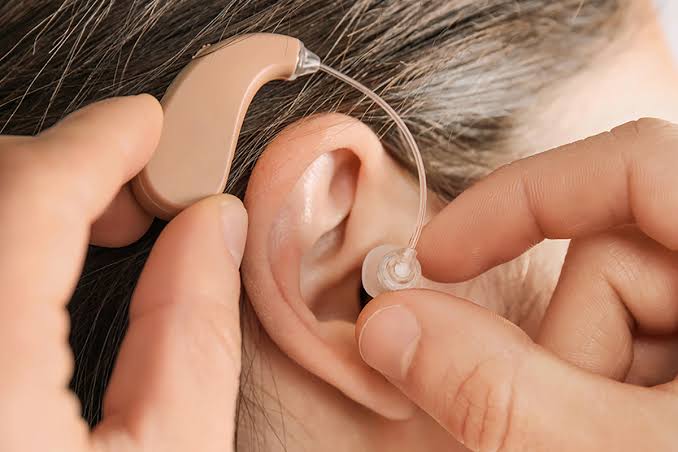
Hearing Aid
hearing aid is a small electronic device that you wear in or behind your ear. It makes some sounds louder so that a person with…
Coblation Adenoidectomy
The main advantages observed with coblation adenoidectomy, compared with the cold curettage technique are: the lack of bleeding (abundant bleeding…
Obstructive sleep Apnea syndrome (OSAS)
Obstructive sleep apnea is a common disorder that causes the airways to collapse or become blocked while you’re asleep…
Septoplasty
Septoplasty is surgery to fix a crooked (or deviated) septum. This procedure allows better airflow through your nose and may improve your nasal…
Wax Removal Ear
Ent doctor remove excess wax by using a small, curved tool called a curet or by using suction techniques. Your provider can also flush out…
Micro laryngeal Surgery
Microscopic laryngeal surgery, otherwise known as microlaryngoscopy, is the most precise means of visualizing…


